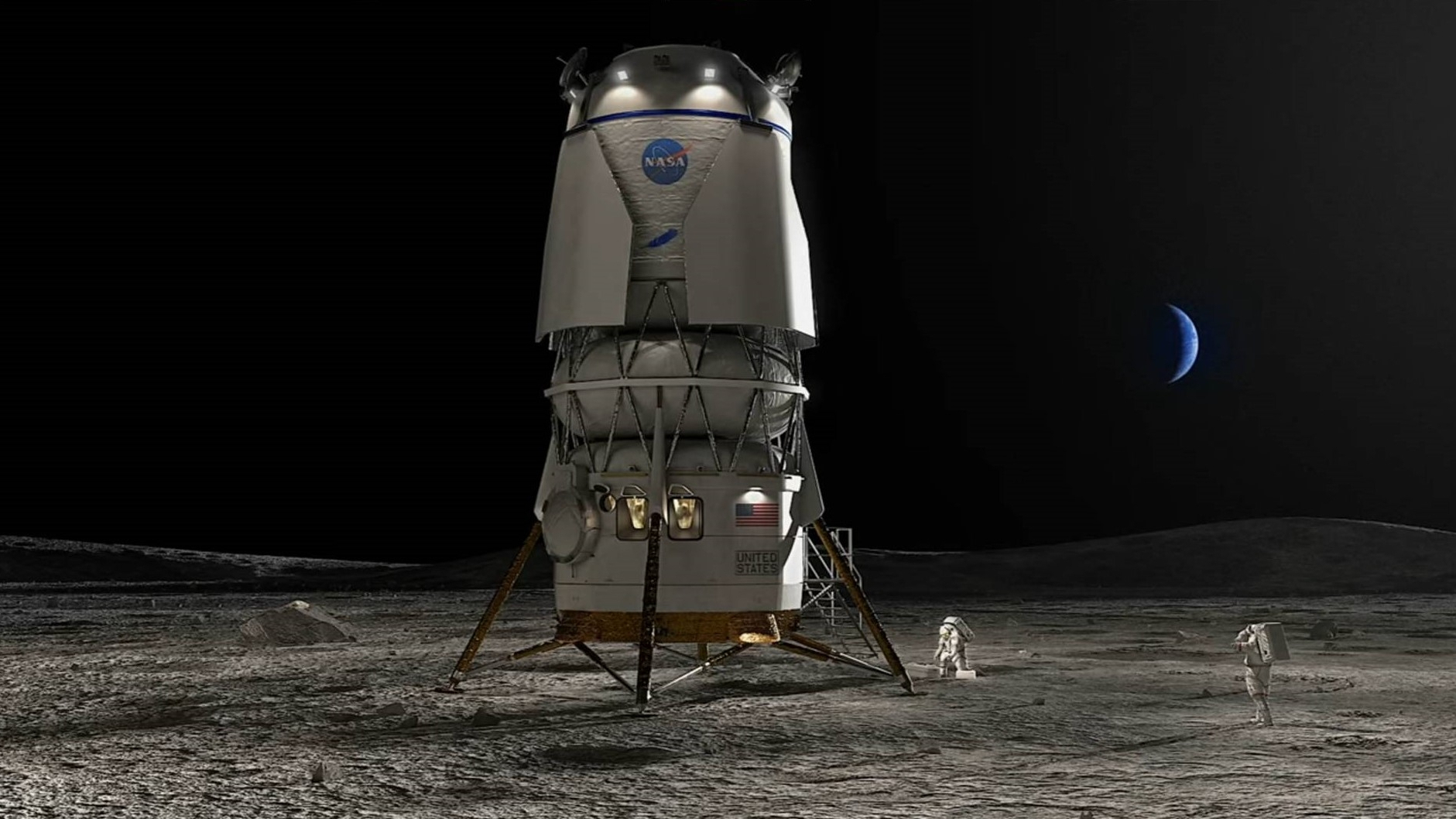
Robert Lea
Robert Lea is a science journalist in the U.K. whose articles have been published in Physics World, New Scientist, Astronomy Magazine, All About Space, Newsweek and ZME Science. He also writes about science communication for Elsevier and the European Journal of Physics. Rob holds a bachelor of science degree in physics and astronomy from the U.K.’s Open University. Follow him on Twitter @sciencef1rst.
Latest articles by Robert Lea
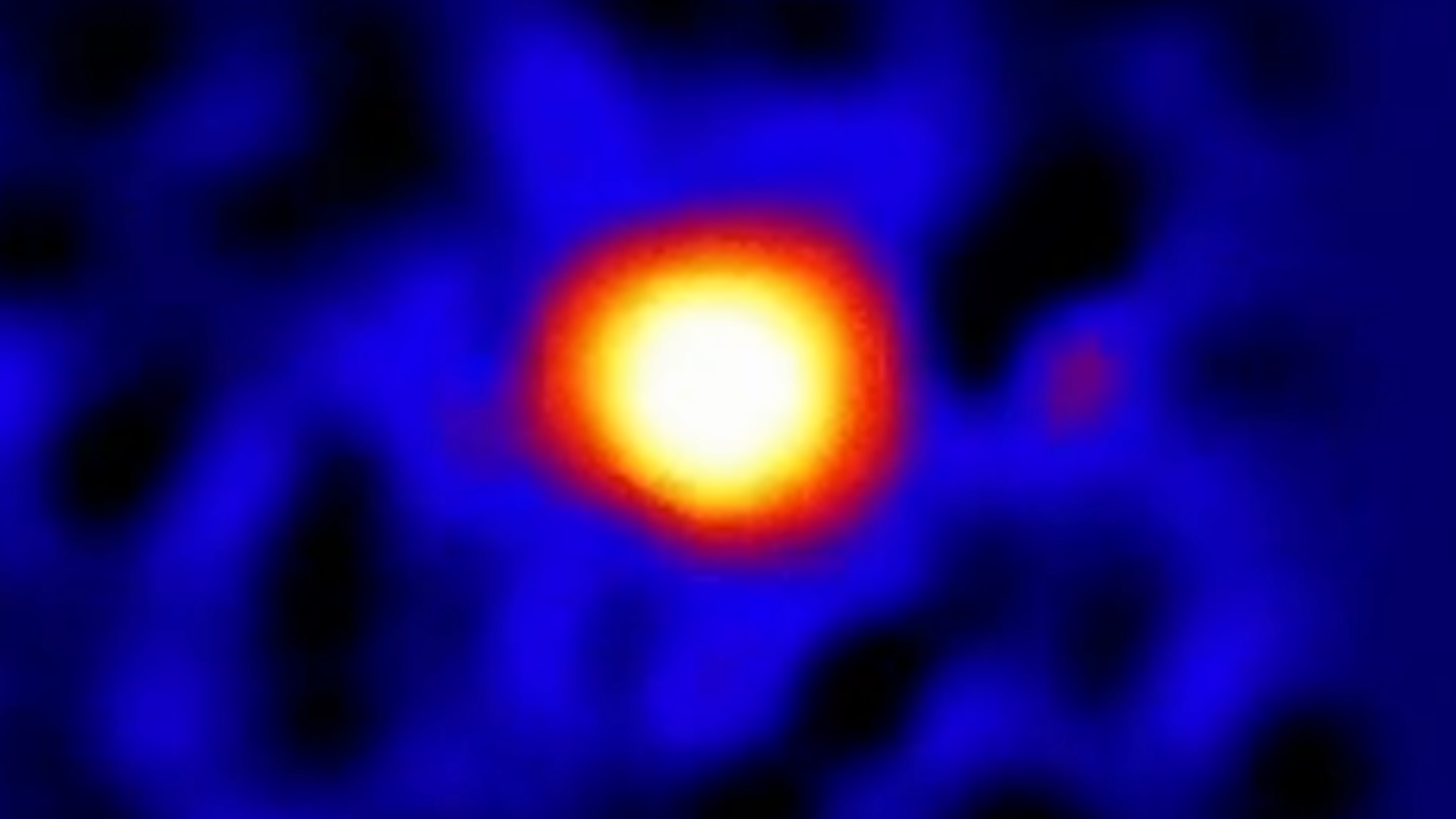
James Webb Space Telescope finds our Milky Way galaxy's supermassive black hole blowing bubbles (image, video)
By Robert Lea published
Using the James Webb Space Telescope, astronomers have taken a detailed look at the supermassive black hole at the heart of the Milky Way, Sgr A*, finding it endlessly blowing bubbles.
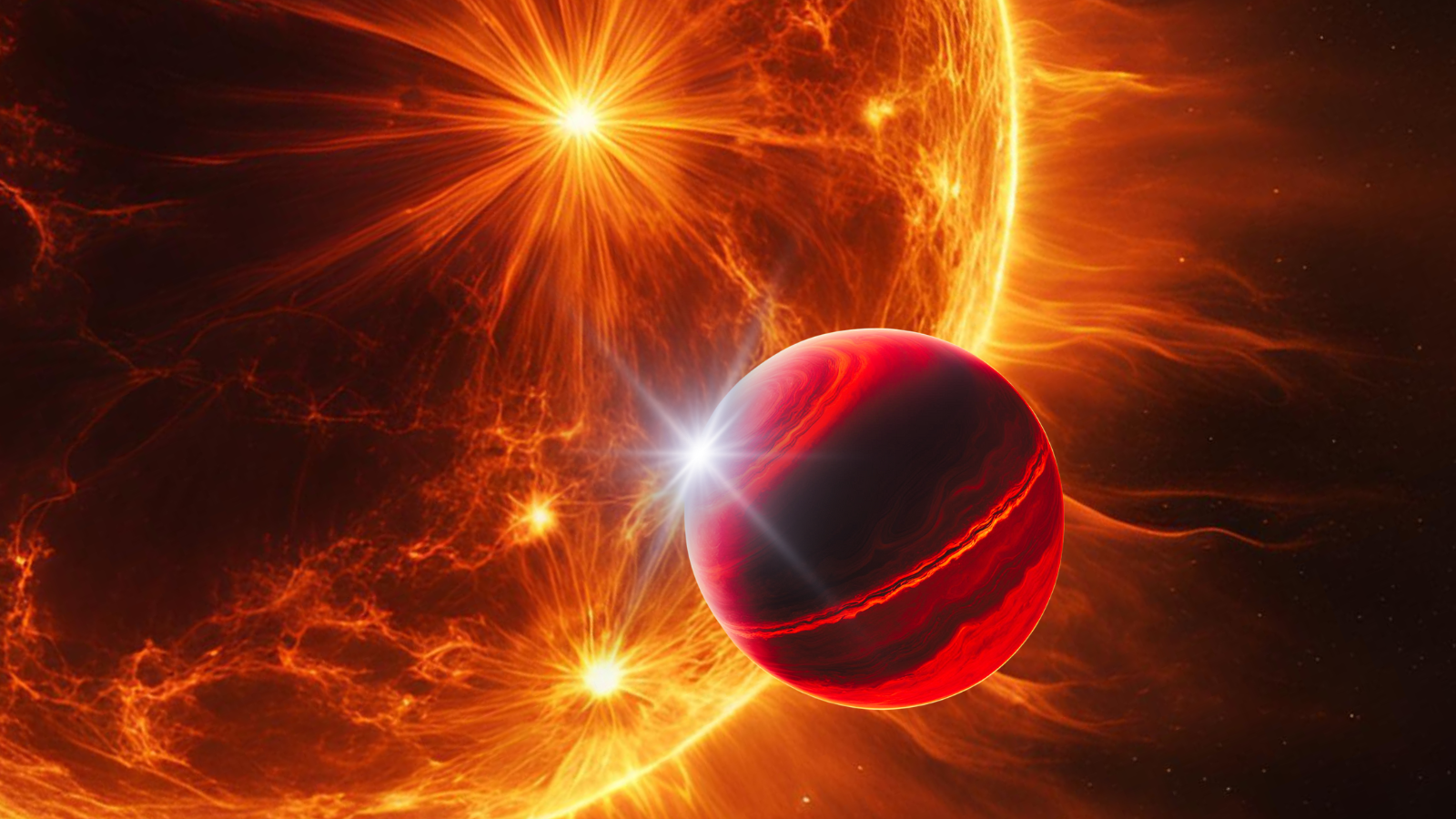
Exoplanet with iron rain has violent winds 'like something out of science fiction'
By Robert Lea published
Astronomers have discovered a powerful jet stream raging through the atmosphere of an ultra-hot Jupiter exoplanet ravaged by liquid iron rains.
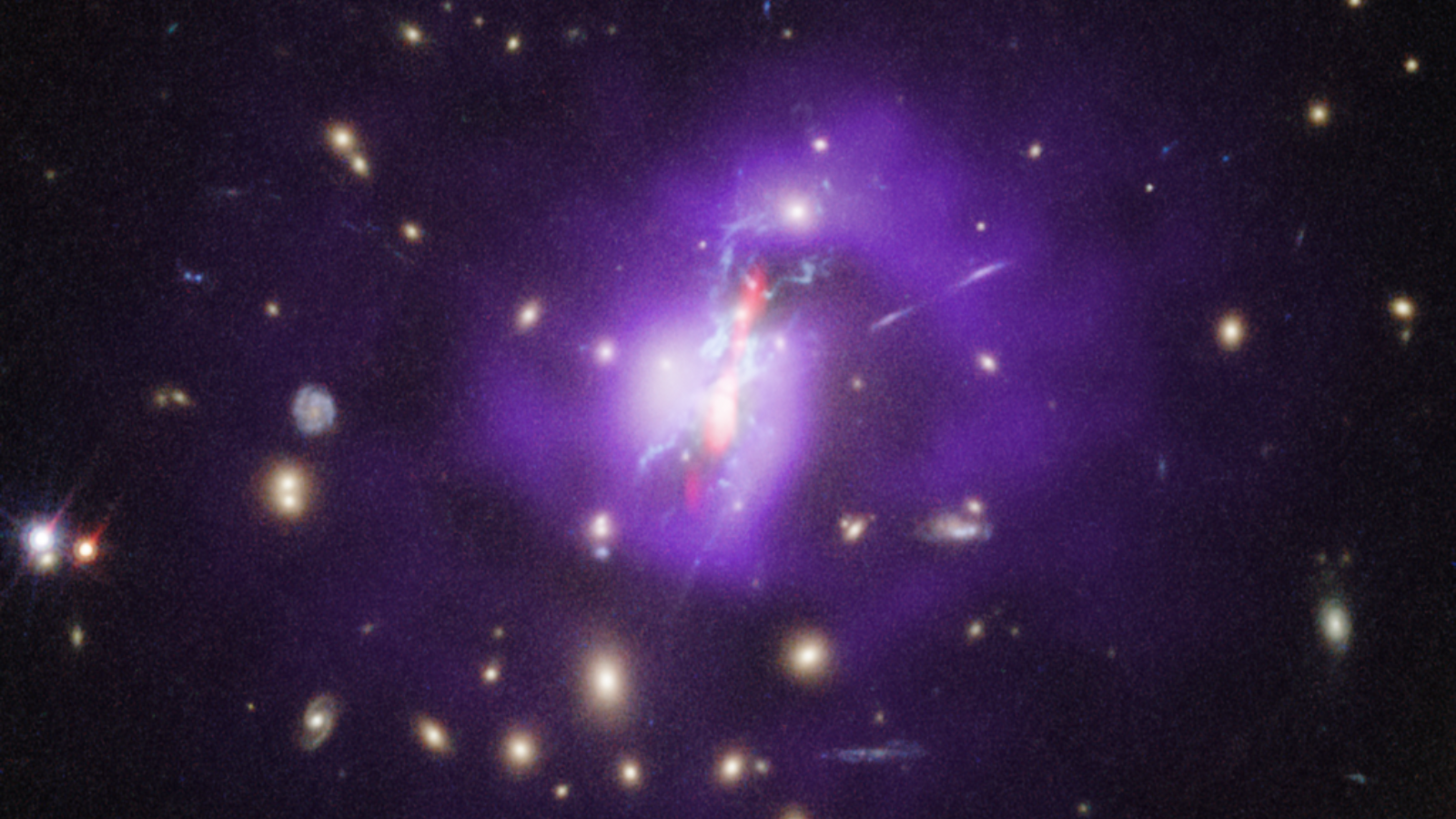
James Webb Space Telescope reveals how a cosmic 'Phoenix' cools off to birth stars
By Robert Lea published
Like its mythological namesake, the Phoenix Cluster burns with blisteringly hot gas, which cools to birth stars. The James Webb Space Telescope has now learned how this galaxy cluster does it.
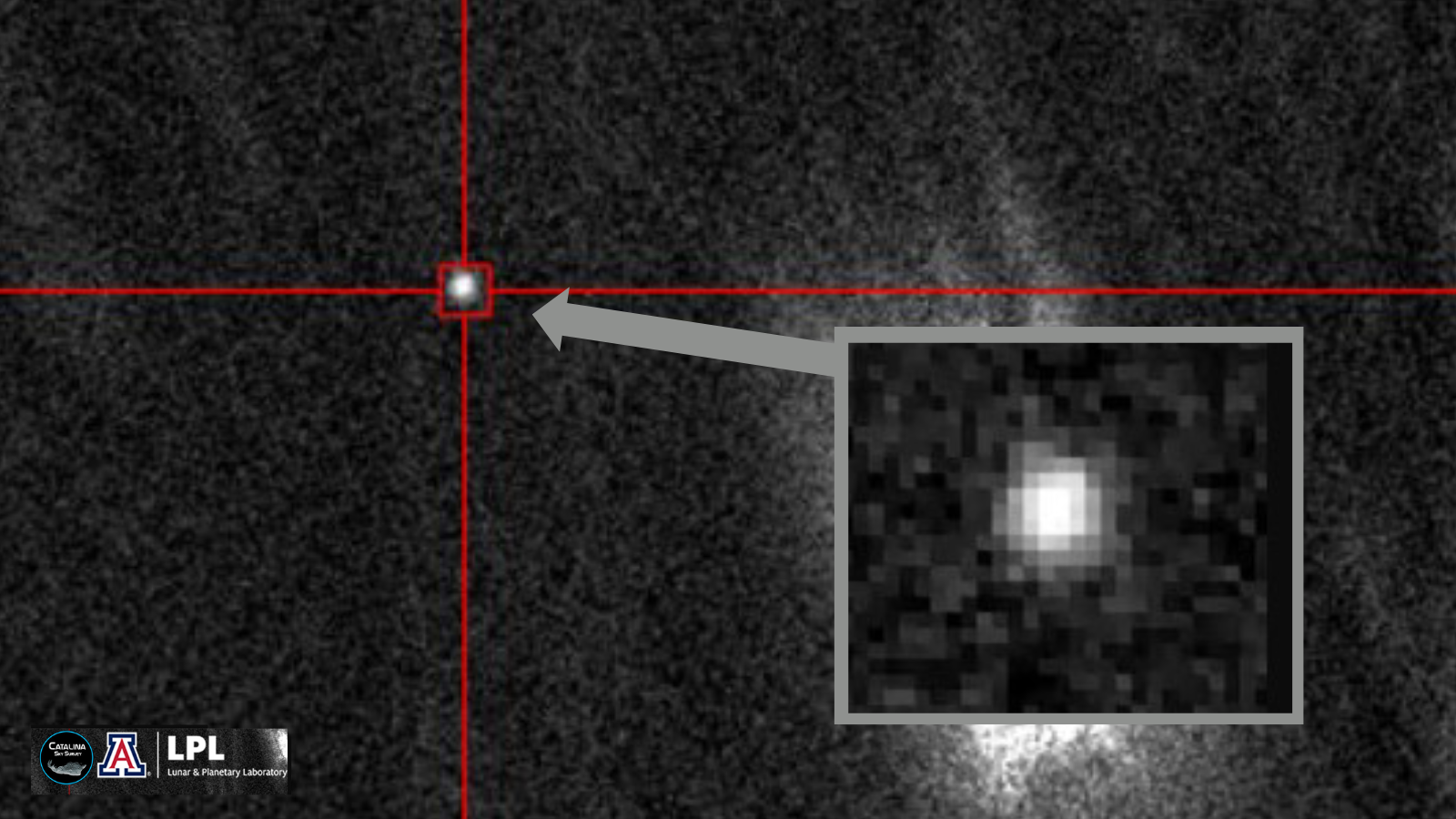
What the asteroid with a 1-in-48 chance of hitting Earth in 2032 looks like (images)
By Robert Lea published
Astronomers have captured a new image of the asteroid 2024 YR4, which now has a 1 in 48 chance of hitting Earth in 2032.
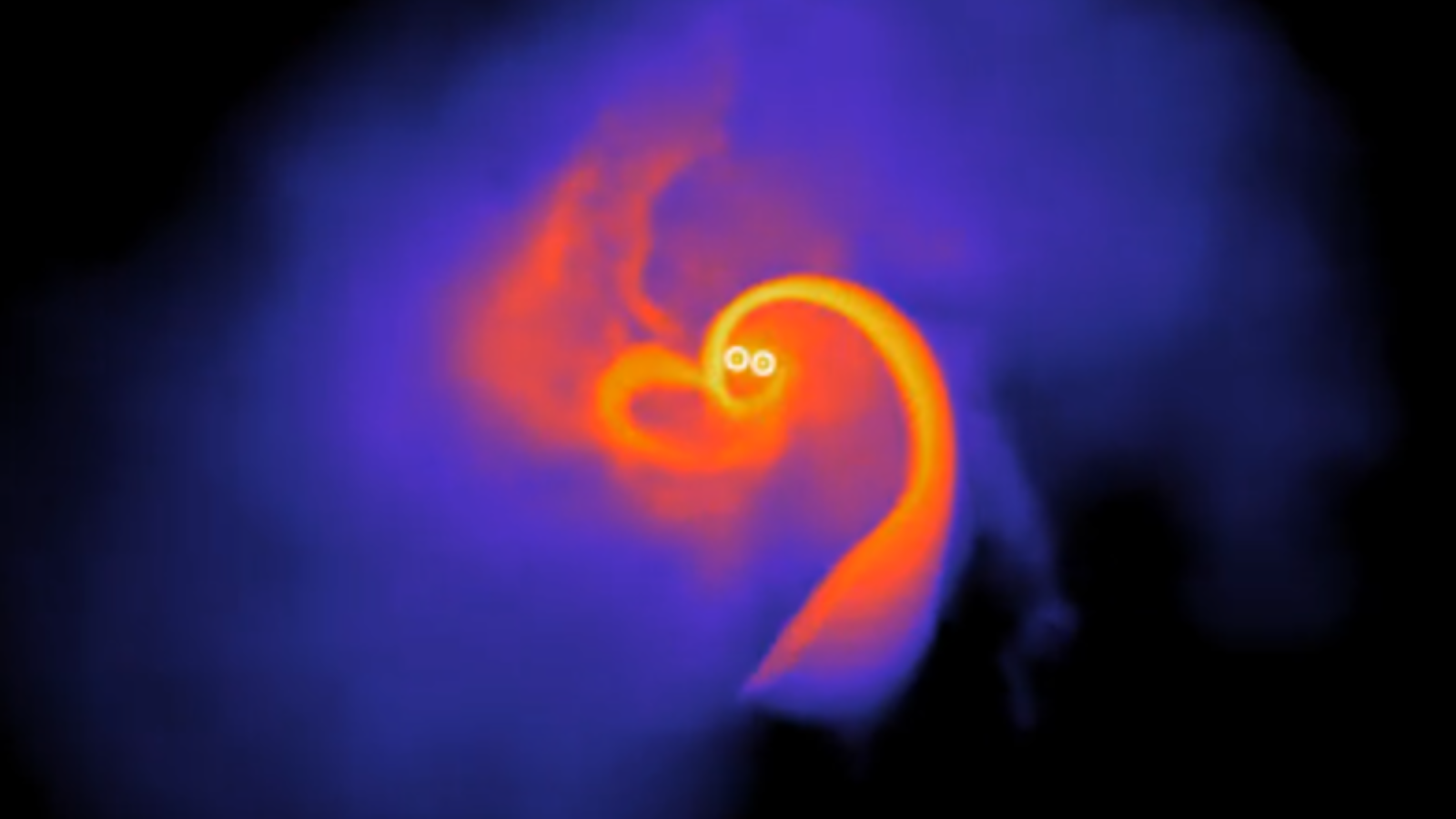
Black holes vibe together in a cosmic love story for Valentine's Day written in the stars
By Robert Lea published
Researchers have discovered that black holes engage in a cosmic dance and a star-lit meal to vibe with each other in a cosmic love story fit for Valentine's Day.
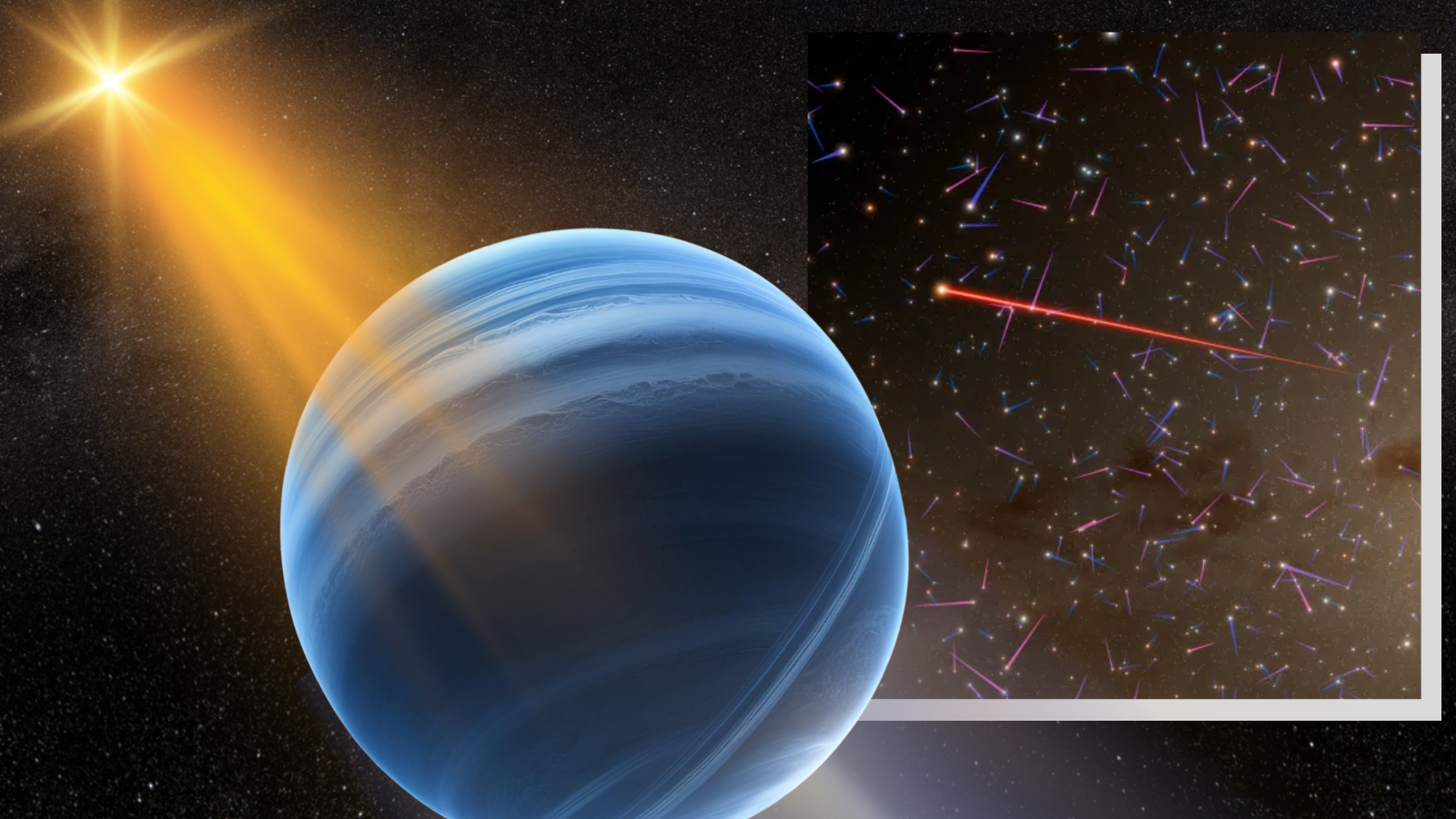
Fastest exoplanet ever is dragged through space at 1.2 million mph by hypervelocity star
By Robert Lea published
Astronomers have discovered what seems to be a star racing through the Milky Way at 1.2 million mph, dragging a Neptune-sized planet along for the ride.

Gamma rays create Red Hulk in Captain America: Brave New World, but how do they work in the real world?
By Robert Lea published
Captain America: Brave New World is about to hit cinemas, bringing with it the gamma-ray-powered Red Hulk. Here's what you need to know about that high-energy radiation.
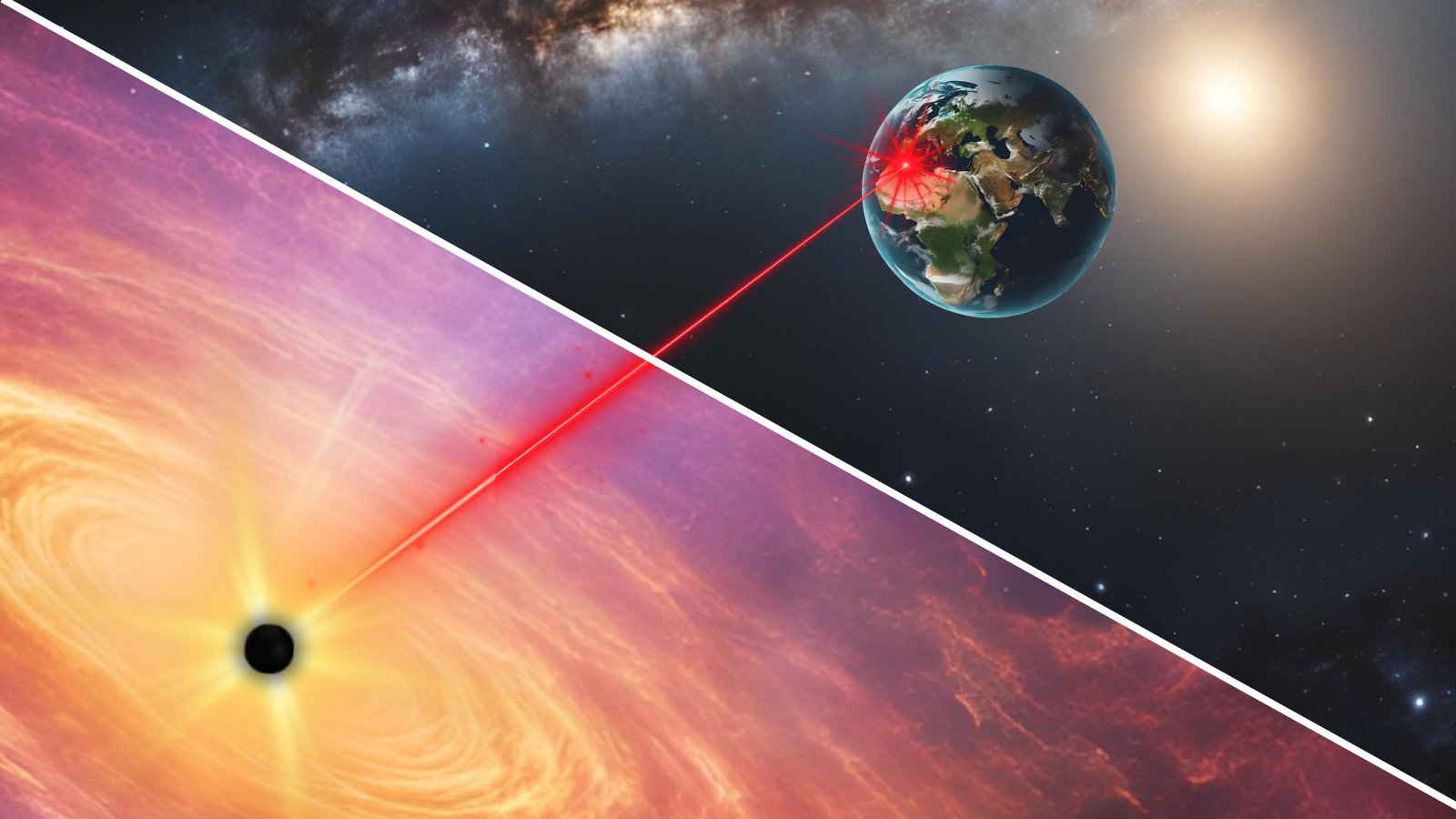
Scientists detect highest-energy ghost particle ever seen — where did it come from?
By Robert Lea published
"History shows us that whenever you do open a new 'energy window,' you never really know what you're going to find. It's completely unexplored."

Scientist image 3-million-light-year-long 'cosmic web' ensnaring 2 galaxies for 1st time
By Robert Lea published
Astronomers have been able to image gas as it travels down a 3 million light-year-long cosmic highway between two growing galaxies ensnared in the cosmic web.
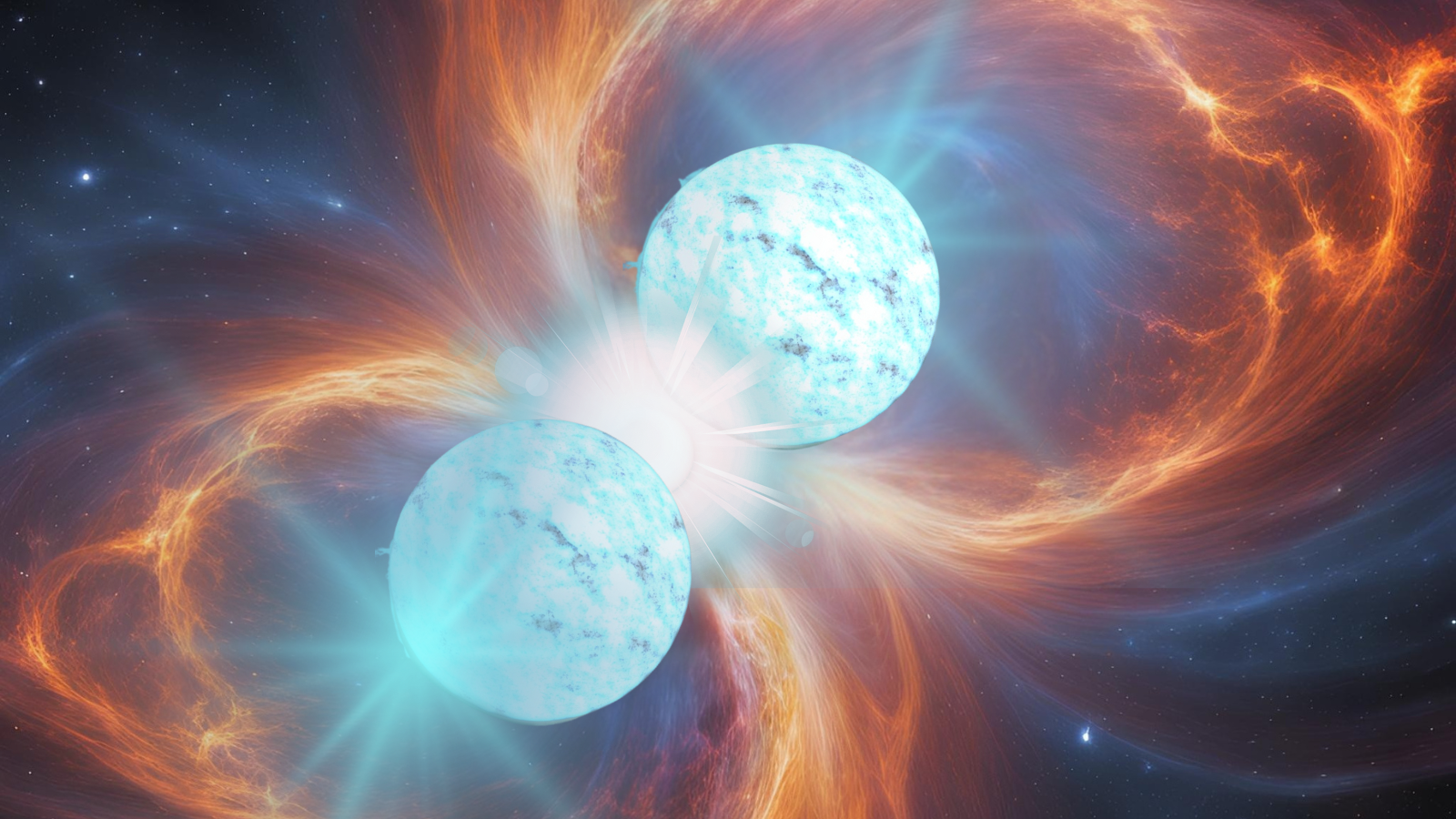
Gravitational waves could turn colliding neutron stars into 'cosmic tuning forks'
By Robert Lea published
Scientists have discovered that gravitational waves could turn neutron stars into cosmic tuning forks with characteristic reverberations that reveal their interiors.
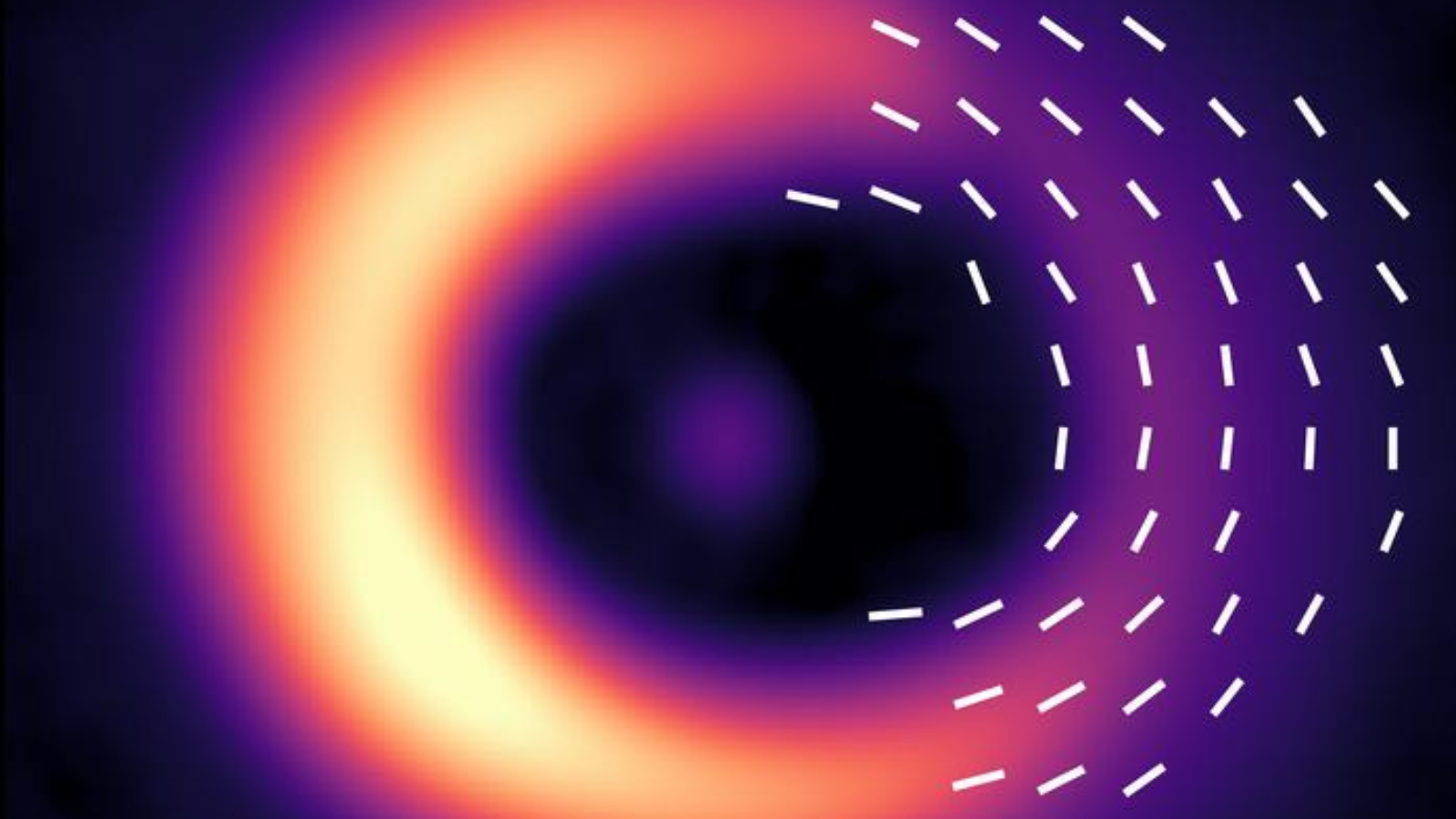
Scientists 'dust for fingerprints' around a young star as it births exoplanets
By Robert Lea published
How do you dust a star for prints? Scientists have the answer to this strange question: by reconstructing the magnetic field of an infant star from the planet-forming disk of gas and dust around it.
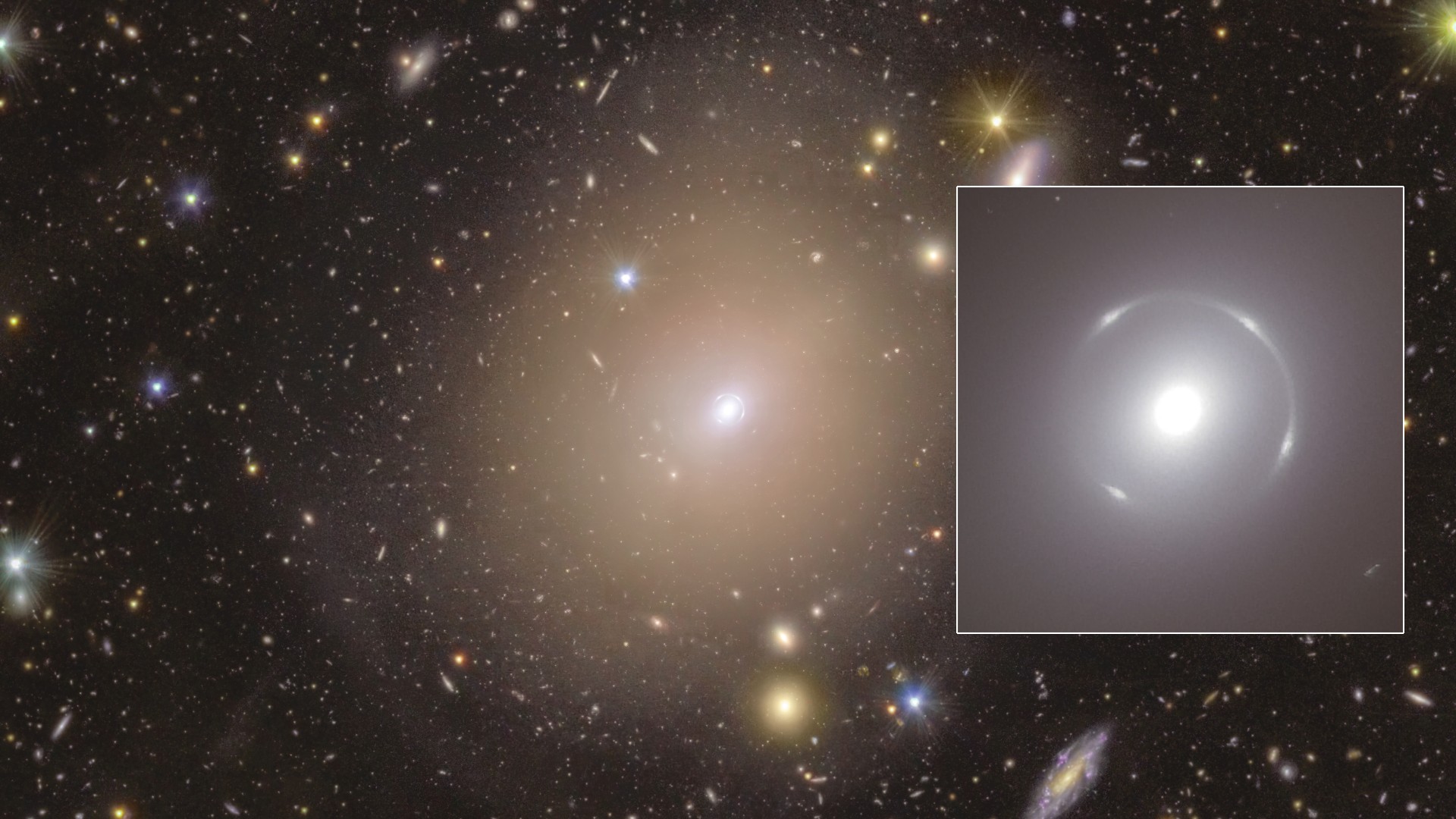
Euclid 'dark universe' telescope discovers stunning Einstein ring in warped space-time (image)
By Robert Lea published
The "dark universe detective" space telescope Euclid has discovered its first Einstein ring in the process, learning about dark matter at the heart of a distant galaxy.
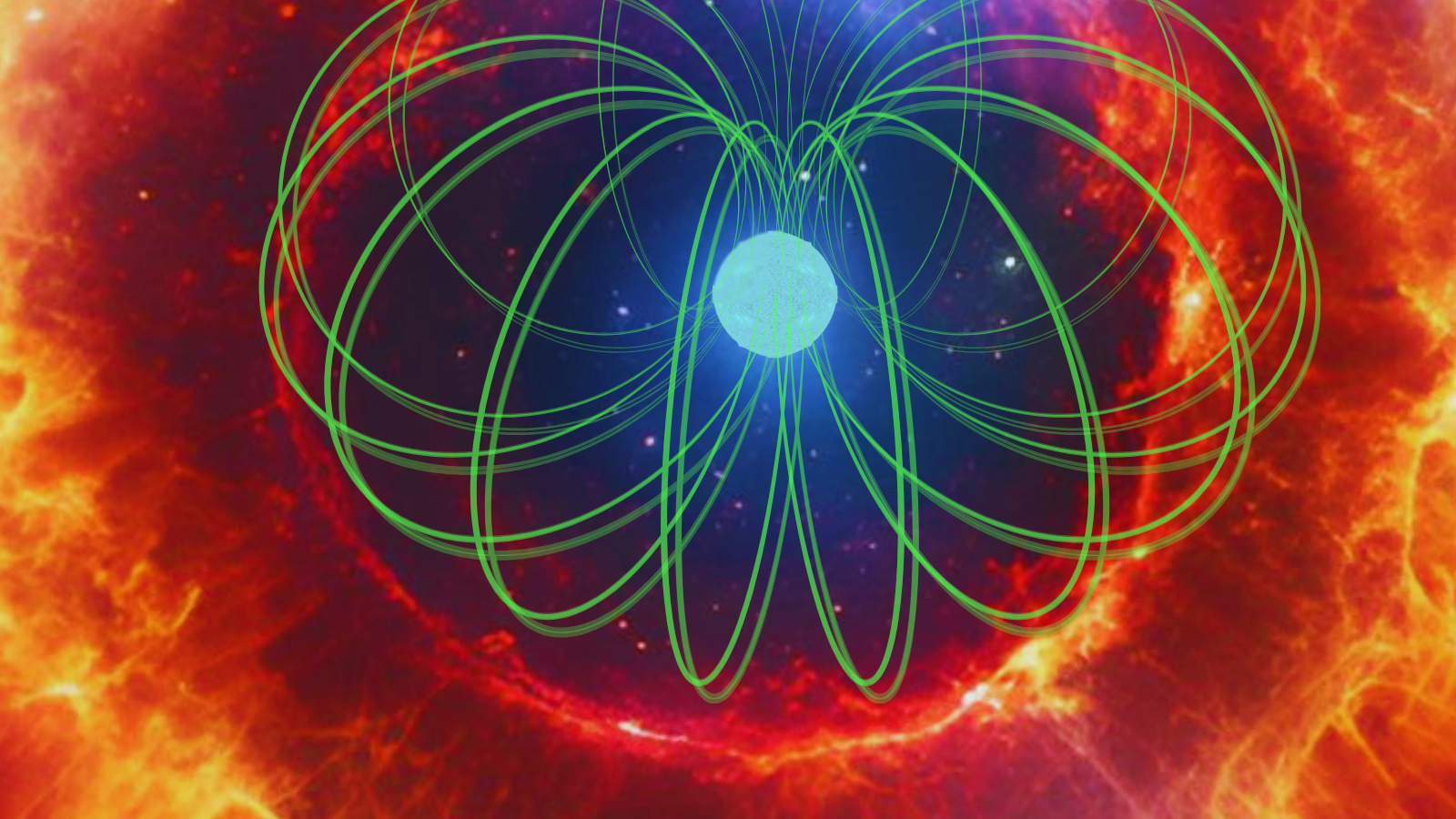
Supernova 'rains' could give rise to mysteriously magnetic dead stars
By Robert Lea published
New research indicates that matter ejected during the supernova death of a star can fall back to neutrons stars, giving rise to mysterious "low-field magnetars."
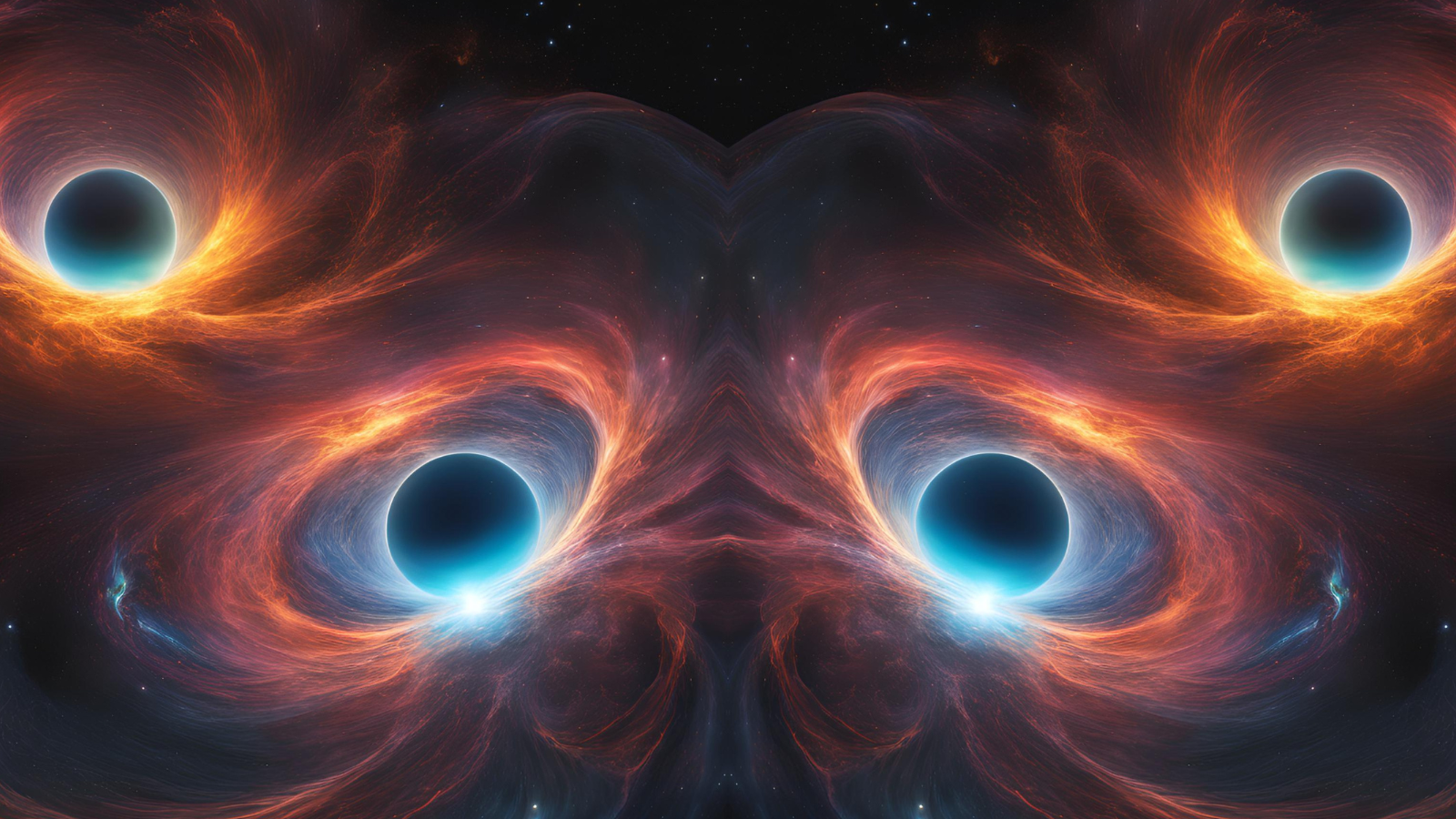
Black holes could 'bend it like Beckham' to reveal hidden asymmetries of the universe
By Robert Lea published
Black holes and soccer balls don't have much in common, but if black holes are curved when kicked, it might say something deep about the cosmos.
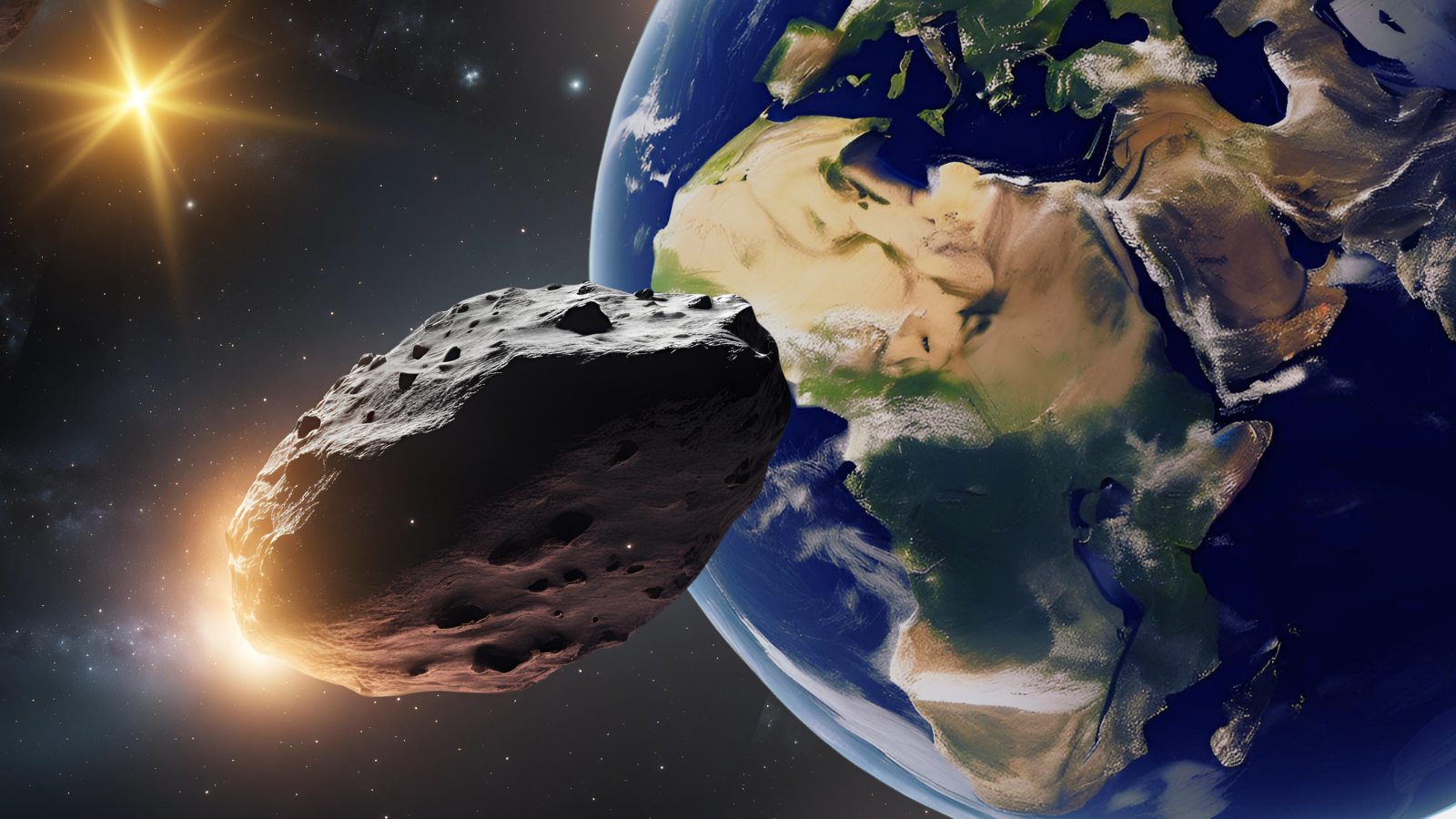
Odds of an asteroid impact in 2032 just went up. Here's why experts say you shouldn't worry
By Robert Lea published
The chances of the asteroid 2024 YR4 hitting Earth in 2032 appear to have doubled, but an asteroid hunter explains to Space.com why this isn't cause for concern.

Scientists discover largest black hole jet ever seen in the early universe — its twice as long as our galaxy
By Robert Lea published
Using the Gemini North telescope, astronomers have detected the largest black hole jet ever seen in the early universe. It's twice as long as the Milky Way.
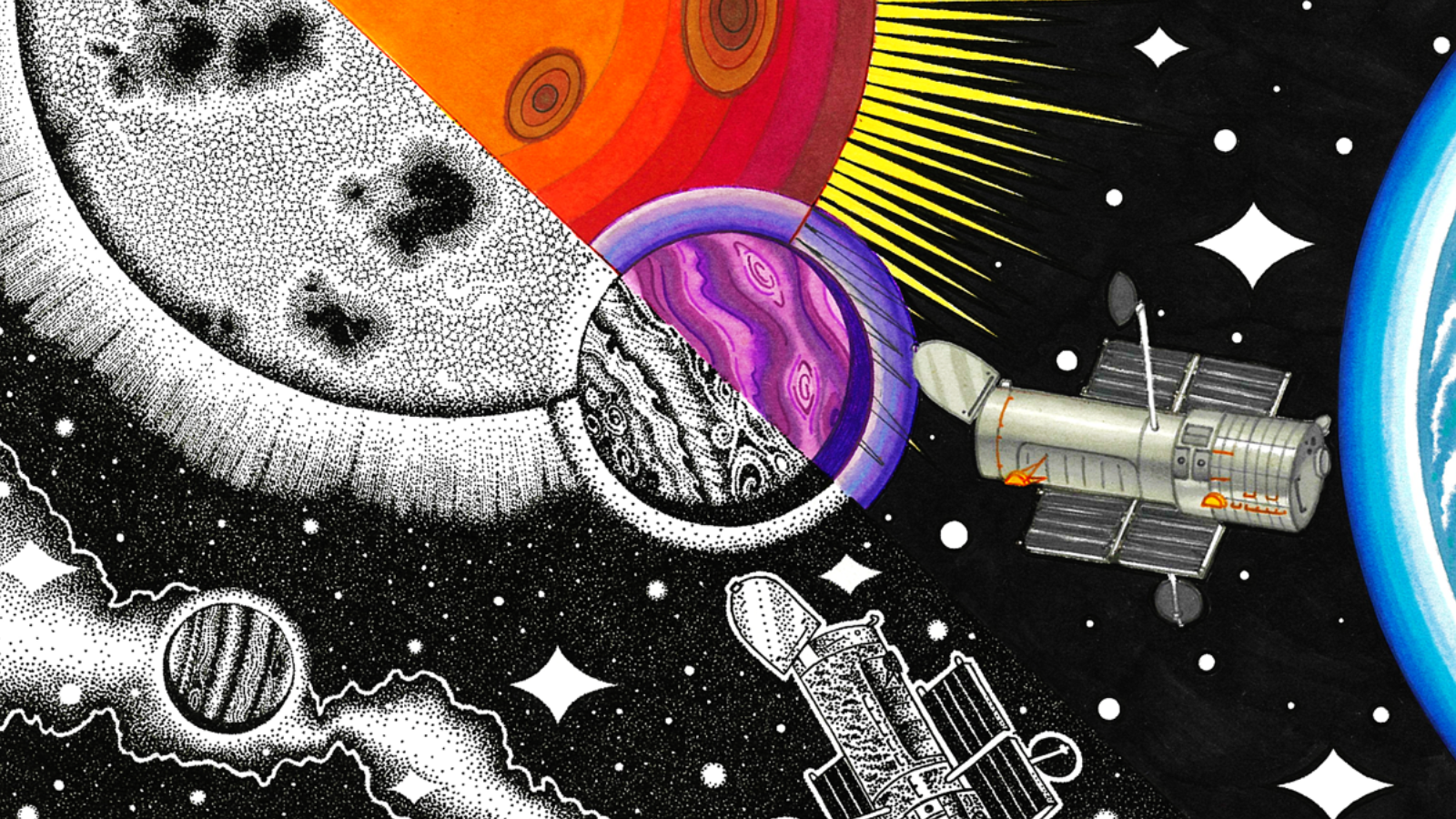
Temperamental stars could be ruining our view of thousands of exoplanets, Hubble Telescope finds
By Robert Lea published
Using 20 years of data from the Hubble Space Telescope astronomers have discovered that turbulent stars could be corrupting observations of some exoplanets.
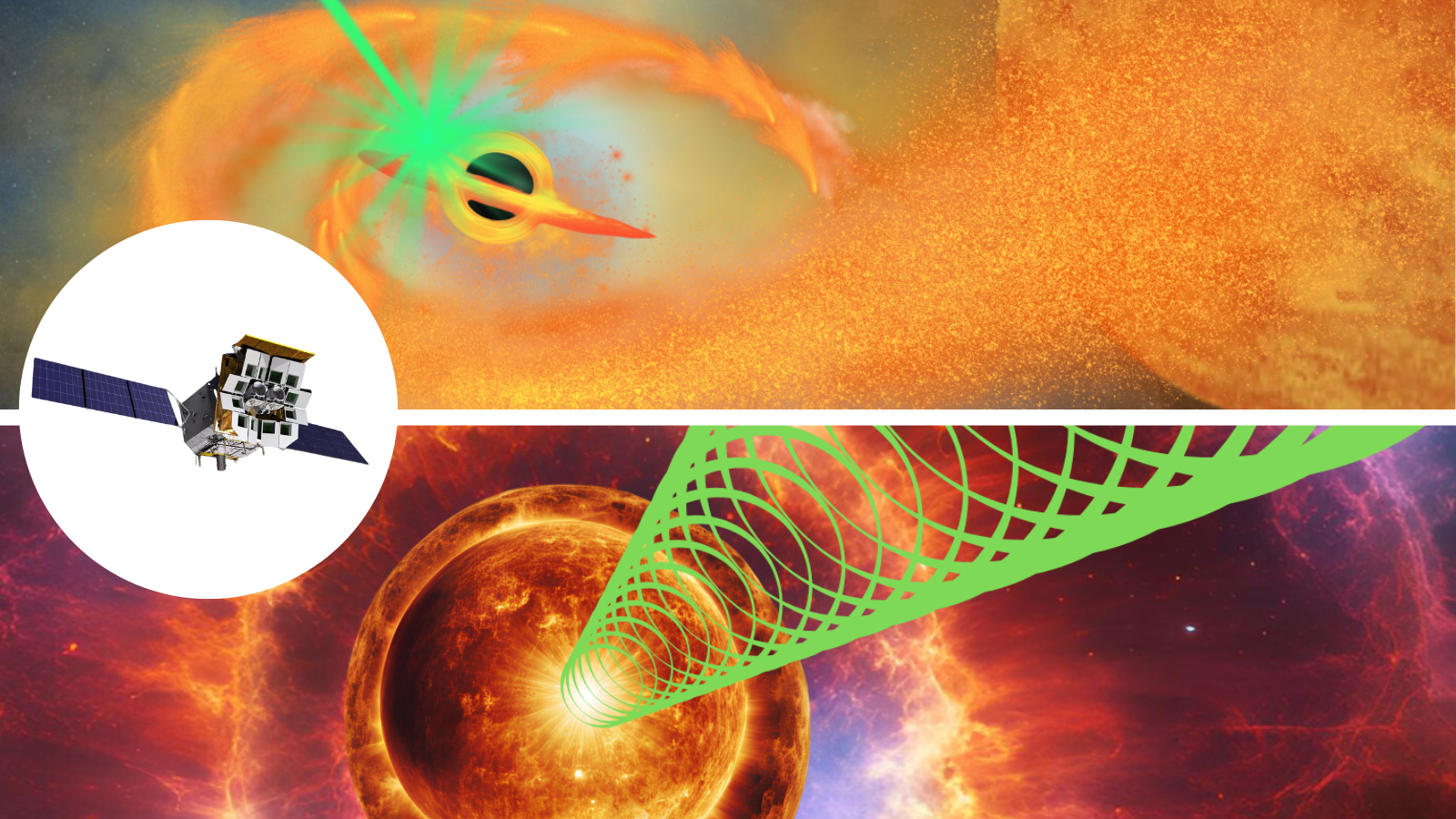
Astronomers unsure what caused 'weird explosion' seen by Einstein Probe's X-ray eye
By Robert Lea published
Was a powerful cosmic explosion seen by the Einstein Probe launched by a supermassive black hole snacking on a star, by a gamma-ray burst, or by something entirely new?
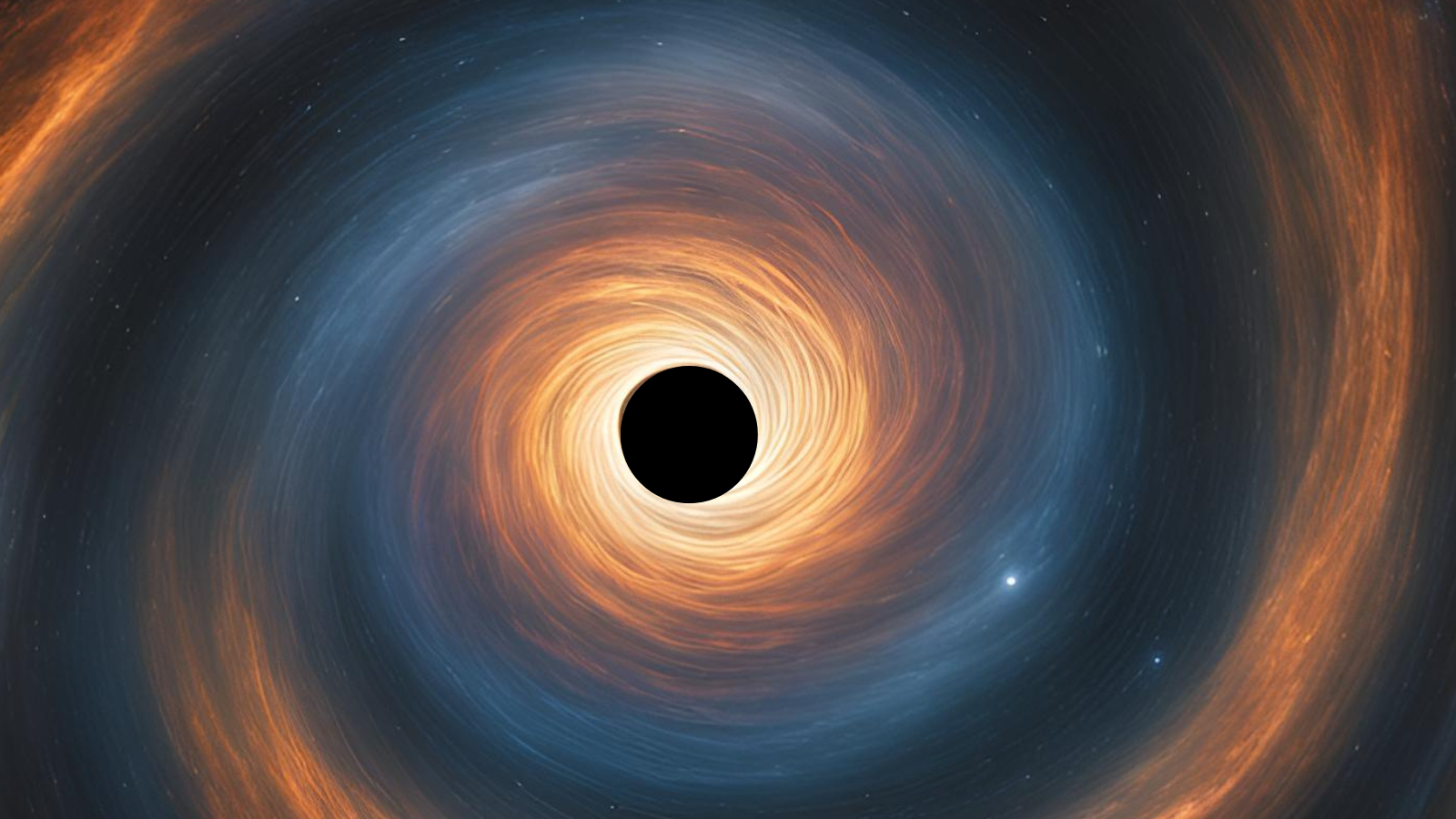
Scientists discover black holes spinning unexpectedly fast: 'You’re essentially looking at its fossil record'
By Robert Lea published
A new form of black hole archeology, linking spin to gas and dust, has revealed that these cosmic titans spin faster than expected.
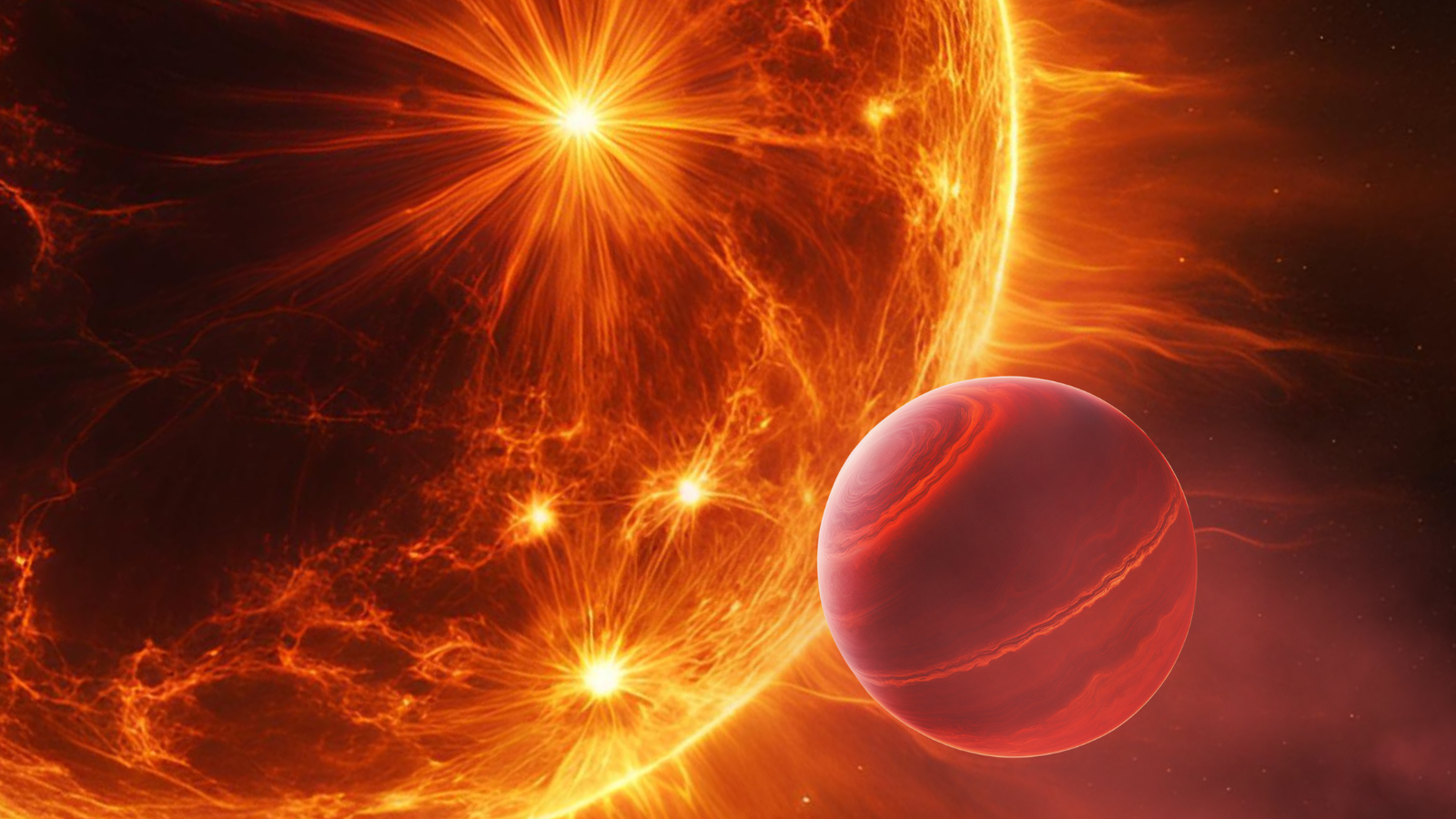
'Roasting marshmallow' exoplanet is so hot, it rains metal. How did it form?
By Robert Lea published
WASP-121b is like nothing in the solar system, raining liquid metal and being puffy like a marshmallow. The origins of these "toasted marshmallow" planets could be more complicated than thought.
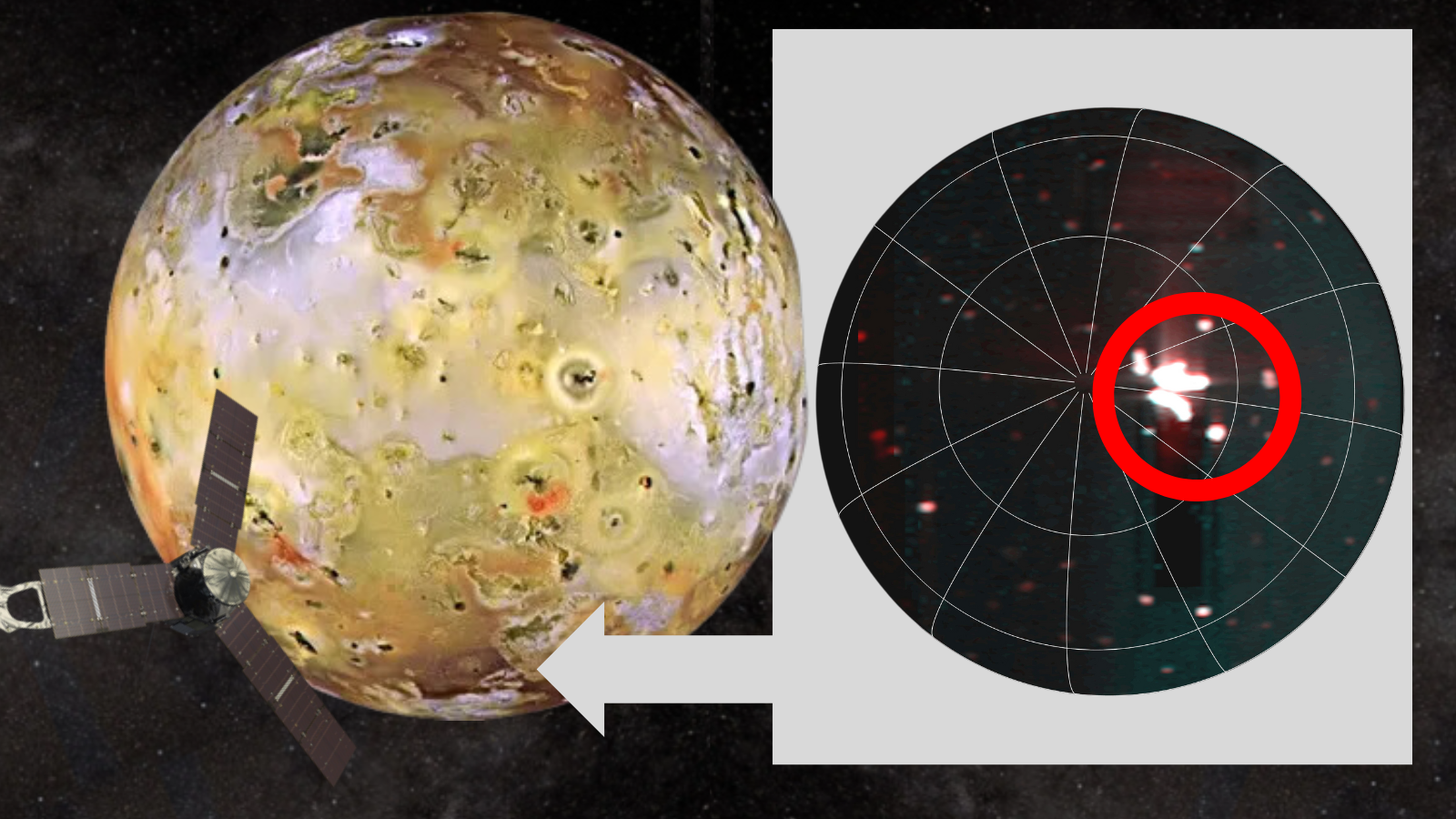
NASA's Juno spacecraft watches most powerful volcanic event ever seen on Jupiter's moon Io
By Robert Lea published
NASA's Juno spacecraft has spotted the most powerful volcanic eruption ever seen on the solar system's most volcanic body, the Jovian moon Io.
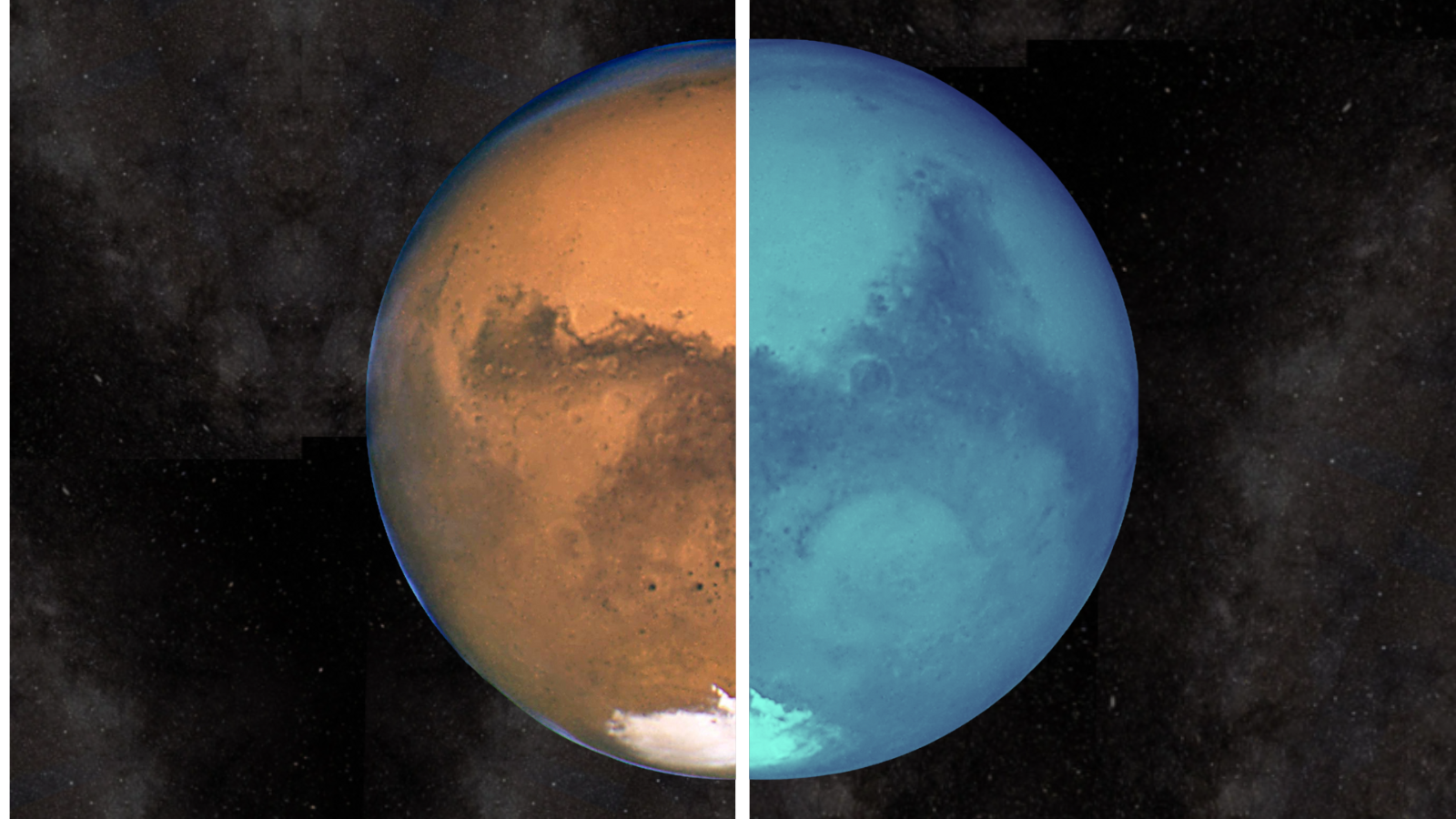
Mars was hot then cold then hot again. Could life have really survived there?
By Robert Lea published
Scientists may have figured out how Mars hung onto its surface liquid water in its ancient history via alternating periods of hot and cold. But what would the impact have been on habitability?
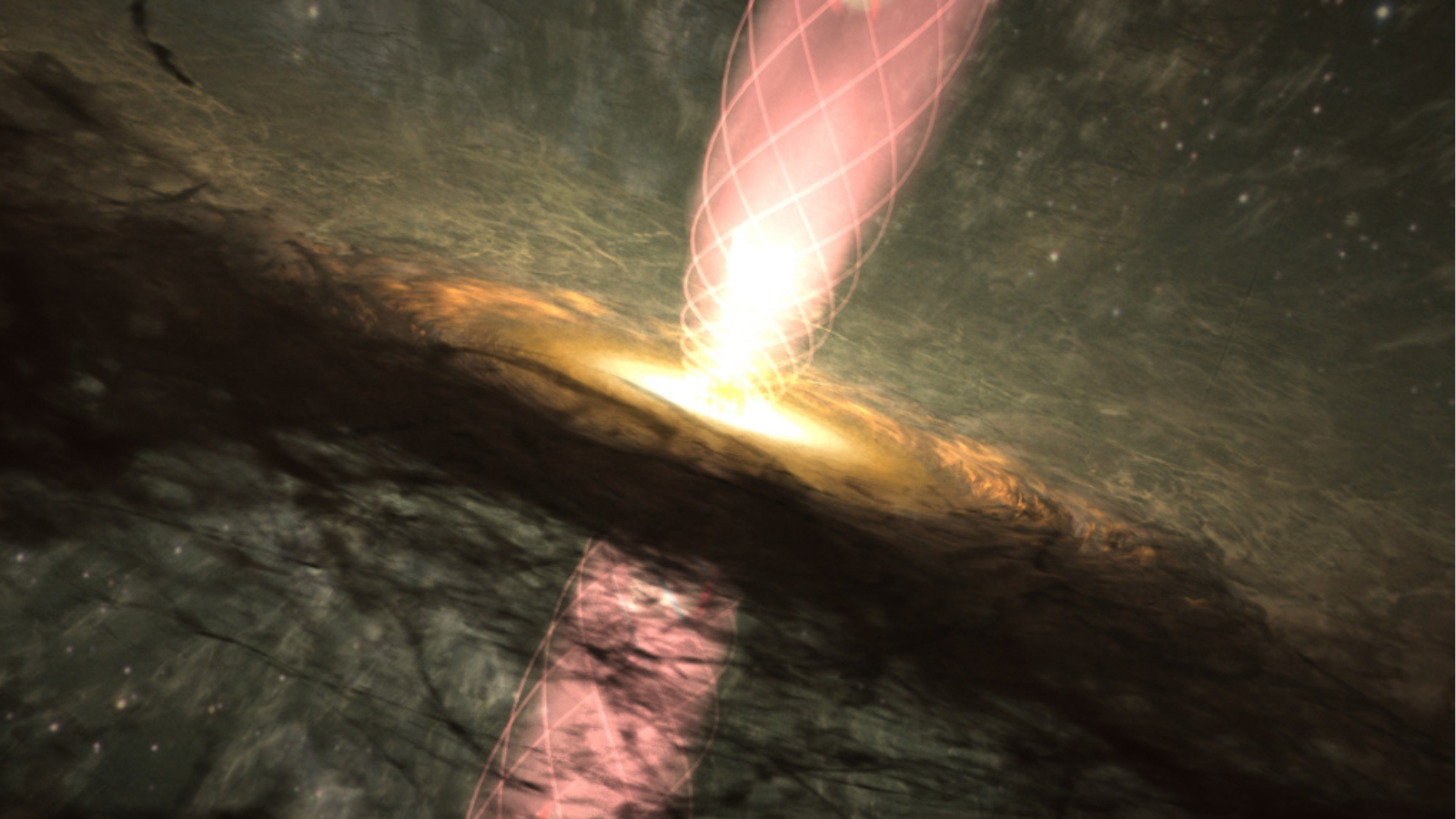
Twisted magnetic fields in space sculpt the jets of black holes and baby stars
By Robert Lea published
By studying the fastest jet ever seen erupting from an infant star, astronomers have discovered that the mechanism that launches these jets also launch supermassive black hole jets.
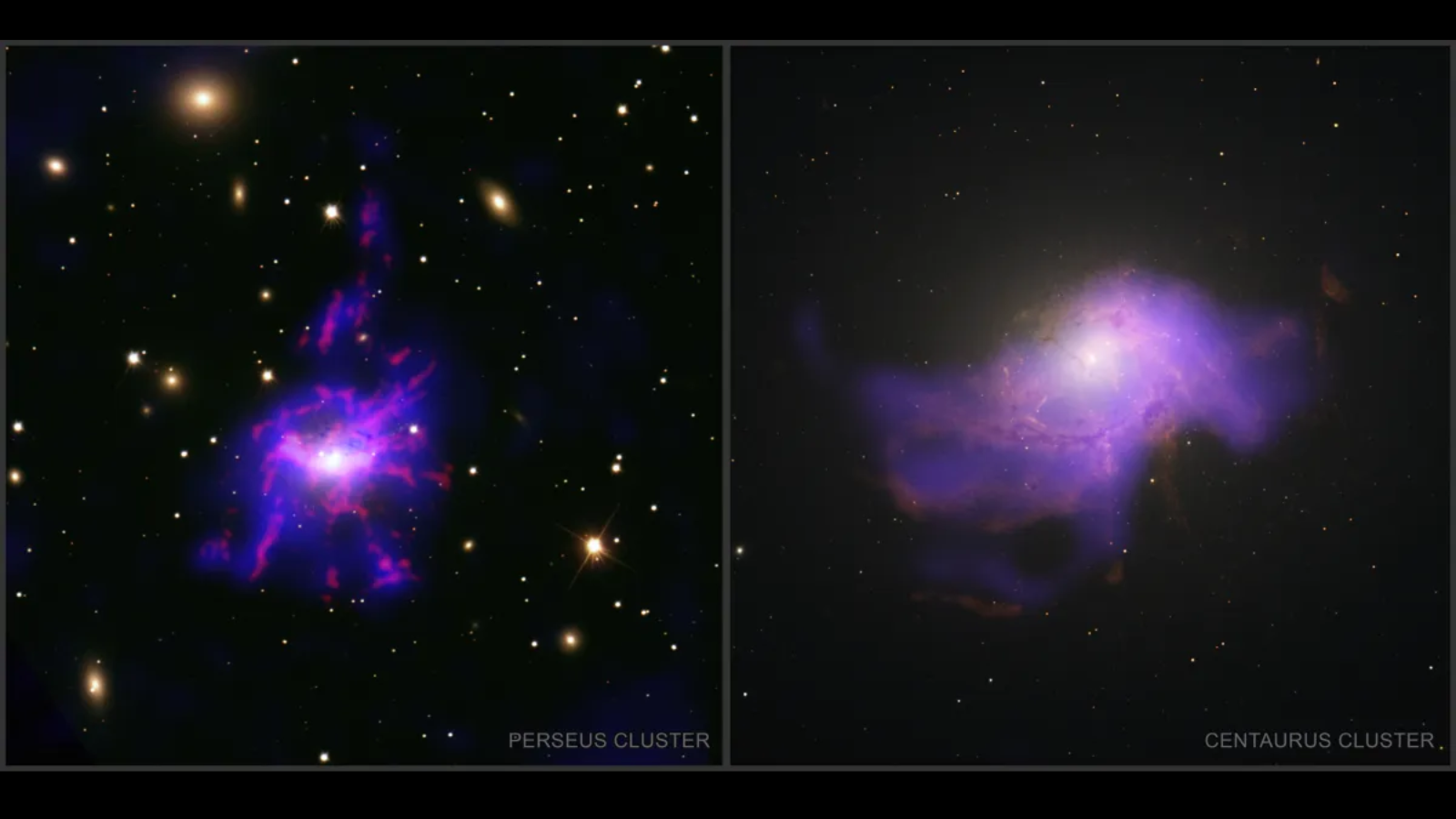
NASA X-ray telescope Chandra discovers black holes 'blow' on their food to cool it down
By Robert Lea published
Observations from NASA's Chandra X-ray telescope and the VLT have revealed jets blasting from supermassive black holes cause gas to cool and fall toward them in a cosmic feeding process.
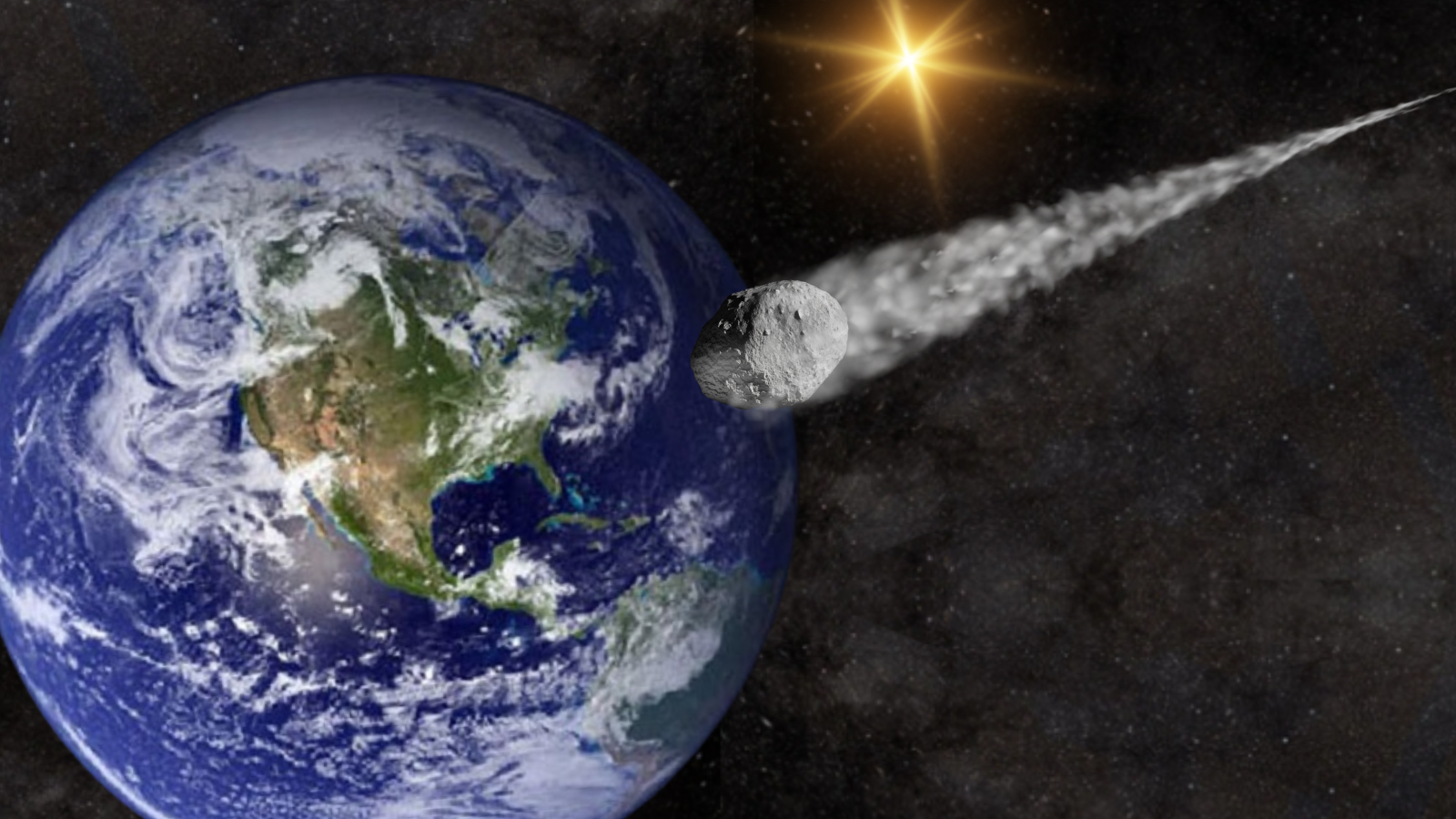
Astronomers discover 196-foot asteroid with 1-in-83 chance of hitting Earth in 2032
By Robert Lea published
A 196-foot-wide asteroid has a 1-in-83 chance of striking Earth in 2032. An expert tells Space.com where this asteroid could impact our planet and what level of destruction it could cause.
Get the Space.com Newsletter
Breaking space news, the latest updates on rocket launches, skywatching events and more!
